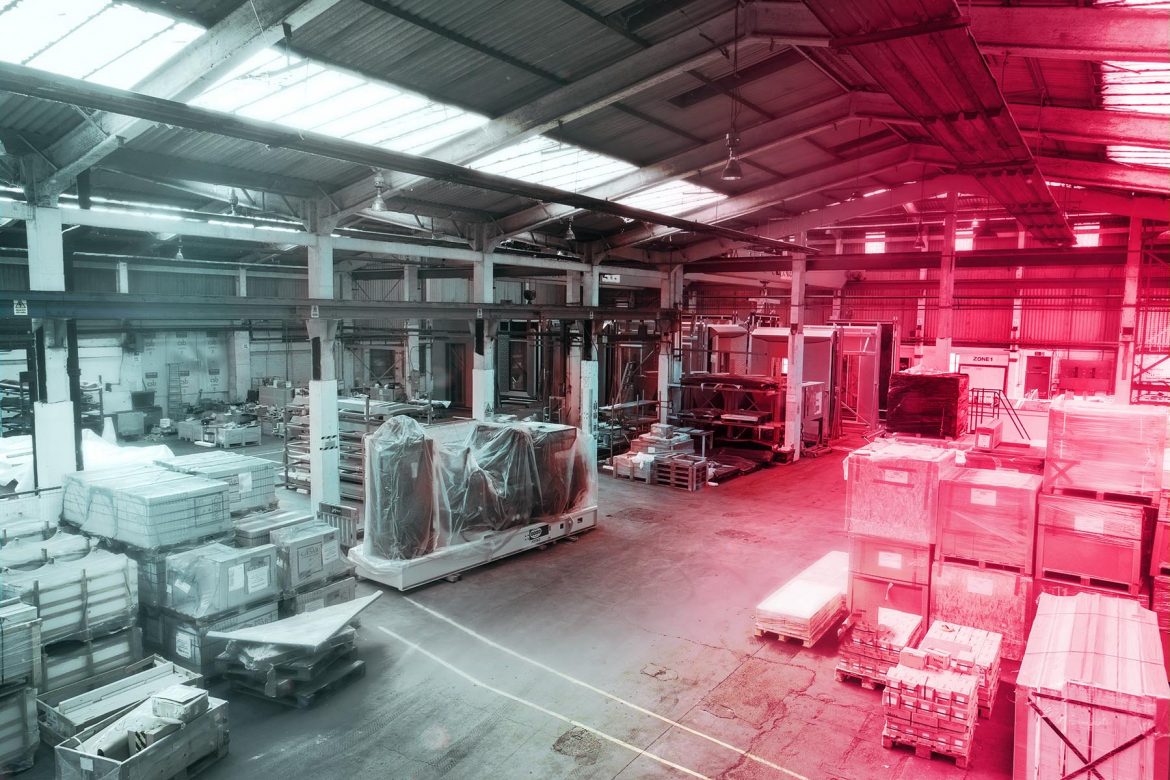As London rebounds, construction is poised to take off. But if more building brings the usual increase in construction traffic, what are the consequences for safety, health and the economy? Matt Barker of CSB investigates.
By Matt Barker *
Every year in the UK, more than 5,000 pedestrians, cyclists and other vulnerable road users are killed or injured in collisions with construction vehicles, according to the organisation Construction Logistics and Community Safety (CLOCS).
In London, the perilous interface between vulnerable road users and construction vehicles is not going away. While public information campaigns have persuaded more people to walk and cycle around town, efforts to deter construction traffic have been less impactful, although I hope they are now gathering momentum.
London is by no means the only UK city with a pollution problem, but central London’s size, dense road network and high buildings make it one of the worst. It is currently failing to comply with legally binding limits set by the EU, according to Londonair, a website https://www.londonair.org.uk/ run by the Environmental Research Group at Imperial College London.
Transport and energy used in homes and businesses together account for the majority of London’s carbon emissions, around 30 million tonnes a year, according to the Greater London Authority. https://data.london.gov.uk/dataset/leggi
Not surprisingly, transport is high on the hit-list for policymakers trying to reduce London’s carbon footprint.
Construction traffic also negatively impacts on CO2 emissions related to individual projects. That is something which is already on the radar for green-minded developers, and likely to become more mainstream as pressure mounts to cut carbon.
Congestion is another factor with a third of daytime HGV traffic in London generated by the construction industry, according to CLOCS.
Construction traffic also accounts for plenty of noise pollution. People move into areas that are being redeveloped for lifestyle benefits that are compromised by HGVs, vans and other delivery vehicles arriving and leaving nearby.
Unless something changes, the post-pandemic bounce back will see construction traffic soaring with all that means for road safety, the environment, congestion, developers’ bottom lines and quality of life.
But without putting the brakes back on, what is the alternative?
On most sites, materials are delivered on suppliers’ own vehicles or via their distribution chains. That means multiple vehicles turning up on site, rather than sharing loads. Typically, materials will turn up on site in bulk orders to suit the supplier’s distribution priorities instead of in the quantity required when needed.
This rarely matches the daily needs or conditions of a construction site. What is more, it significantly increases the frequency of deliveries and can result in vehicles being partially empty for many journeys to site and wholly empty coming away, both of which translate into increased traffic and inefficiency.
The alternative is to use a Construction Consolidation Centre (CCC). In the next article, we look at how CCCs work and the pressure coming from politicians and the industry itself to adopt new logistics practices in construction.
* About the Author: Matt Barker is Managing Director of CSB Logistics, a leading logistics provider in construction, engineering and FM projects.






